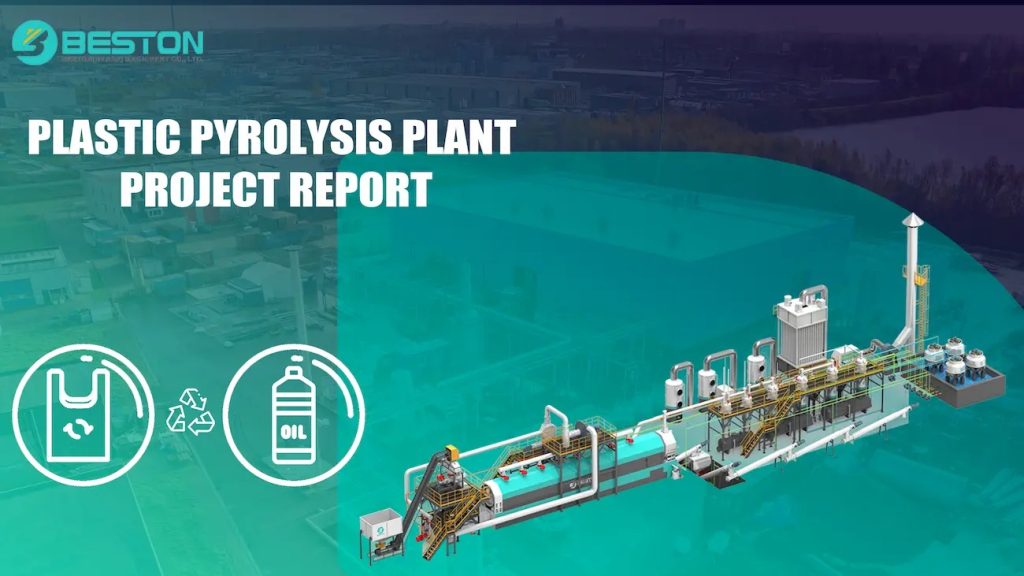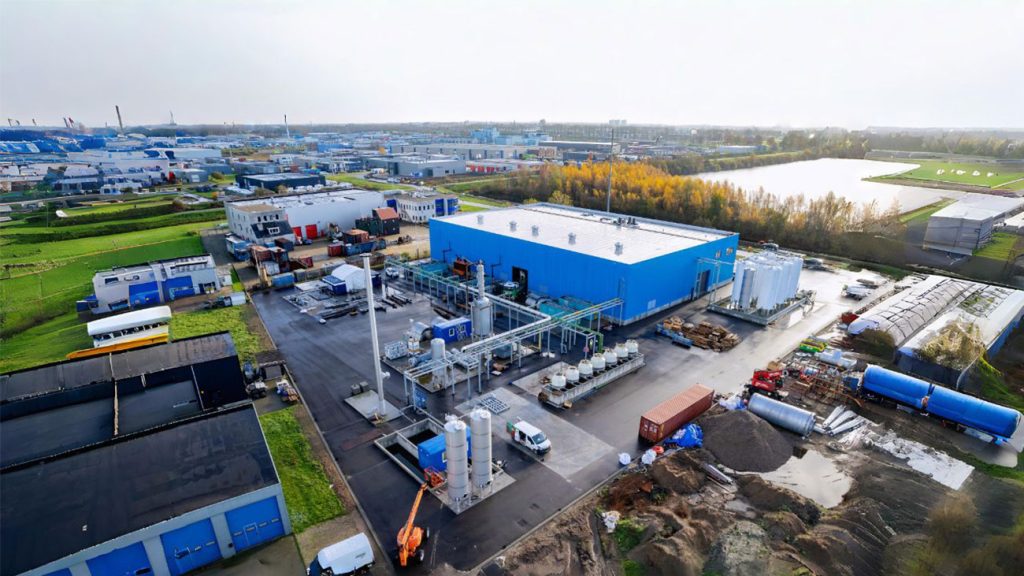Implementing a Plastic Pyrolysis Project
Implementing a plastic pyrolysis project is a multifaceted endeavor that requires careful planning, thorough research, and strategic execution. A project report serves as a crucial foundation, guiding you through the essential steps needed to ensure the success of your initiative. Here’s a comprehensive guide on how to effectively implement a plastic pyrolysis project, starting with the importance of a well-structured project report.
1. Conducting a Project Report
Before you embark on your plastic pyrolysis project, the first step is to create a detailed plastic pyrolysis project report. This document will outline the project’s objectives, scope, and methodology, serving as a roadmap for your implementation process. Here are the key components to include:

a. Executive Summary
Provide a brief overview of the project, including the goals, anticipated outcomes, and the significance of plastic pyrolysis in waste management and resource recovery. Highlight the potential environmental benefits and economic viability of the project.
b. Market Analysis
Conduct a thorough analysis of the current market landscape for plastic pyrolysis. This should include:
- Demand for Pyrolysis Oil: Investigate the demand for pyrolysis oil in various industries, including fuel, chemical, and manufacturing sectors.
- Competitive Landscape: Identify existing competitors and analyze their strengths and weaknesses.
- Regulatory Environment: Understand the local regulations surrounding waste management, recycling, and pyrolysis technology.
c. Technical Feasibility
Assess the technical aspects of the project, including:
- Technology Selection: Choose the appropriate pyrolysis technology based on your budget, capacity, and desired output.
- Equipment Requirements: List the necessary equipment, including reactors, condensers, and auxiliary systems.
- Site Selection: Identify suitable locations for the facility, considering proximity to waste sources and logistical considerations.
d. Financial Projections
Outline the financial aspects of the project, including:
- Initial Investment: Estimate the capital required for pyrolysis plant price, site preparation, and operational costs.
- Revenue Streams: Identify potential revenue sources, such as the sale of pyrolysis oil, char, and gas.
- Return on Investment (ROI): Calculate the projected ROI based on the financial analysis.
e. Risk Assessment
Identify potential risks associated with the project, including:
- Technical Risks: Consider challenges related to equipment failure, technology obsolescence, and operational inefficiencies.
- Market Risks: Evaluate potential fluctuations in demand for pyrolysis products and competition from alternative waste management solutions.
- Regulatory Risks: Be aware of changes in regulations that may impact project operations or profitability.
2. Project Planning and Design
Once the project report is finalized, it’s time to move into the planning and design phase. This includes:

a. Detailed Engineering
Develop detailed engineering plans for the facility, focusing on layout, batch/continuous pyrolysis plant specifications, and safety measures.
b. Environmental Impact Assessment (EIA)
Conduct an EIA to identify and mitigate any potential environmental impacts associated with the project. This assessment is critical for obtaining necessary permits and approvals.
c. Project Timeline
Create a comprehensive timeline that outlines key milestones, from construction to commissioning. Ensure that the timeline accounts for potential delays and contingencies.
3. Project Implementation
With planning complete, you can proceed to the implementation phase:
a. Construction and Installation
Oversee the construction of the continuous pyrolysis plant, ensuring that all equipment is installed according to specifications. This phase should include rigorous quality control measures to ensure safety and efficiency.
b. Workforce Training
Train your workforce on the operational procedures, safety protocols, and maintenance requirements of a continuous pyrolysis plant. A well-trained team is essential for the smooth operation of the facility.
c. Community Engagement
Engage with local communities to promote awareness and acceptance of the project. This can include informational sessions, community forums, and partnerships with local organizations.
4. Operations and Monitoring
Once the facility is operational, it’s important to implement effective monitoring and management practices:
a. Performance Monitoring
Establish metrics to evaluate the performance of the pyrolysis system, including efficiency, output quality, and emissions. Regular monitoring helps identify areas for improvement.
b. Continuous Improvement
Implement a continuous improvement program to enhance operational efficiency and reduce costs. This can involve periodic reviews of processes, equipment upgrades, and employee feedback.
c. Reporting and Compliance
Maintain compliance with all regulatory requirements, ensuring that you regularly report on operational performance, emissions, and safety standards.
Conclusion
Implementing a plastic pyrolysis project is a significant undertaking that can yield substantial environmental and economic benefits. By starting with a comprehensive project report and following through with meticulous planning, execution, and monitoring, you can navigate the complexities of this venture successfully. With the right approach, your plastic pyrolysis project can contribute to sustainable waste management practices and promote a circular economy. Visit Beston Group for more details.